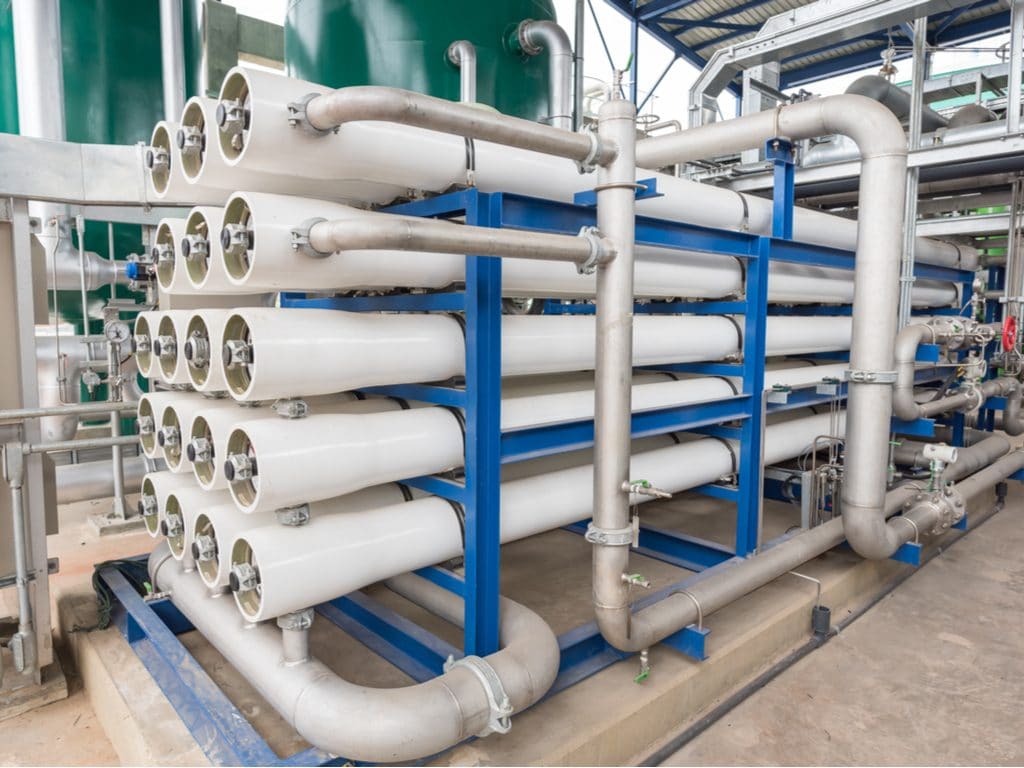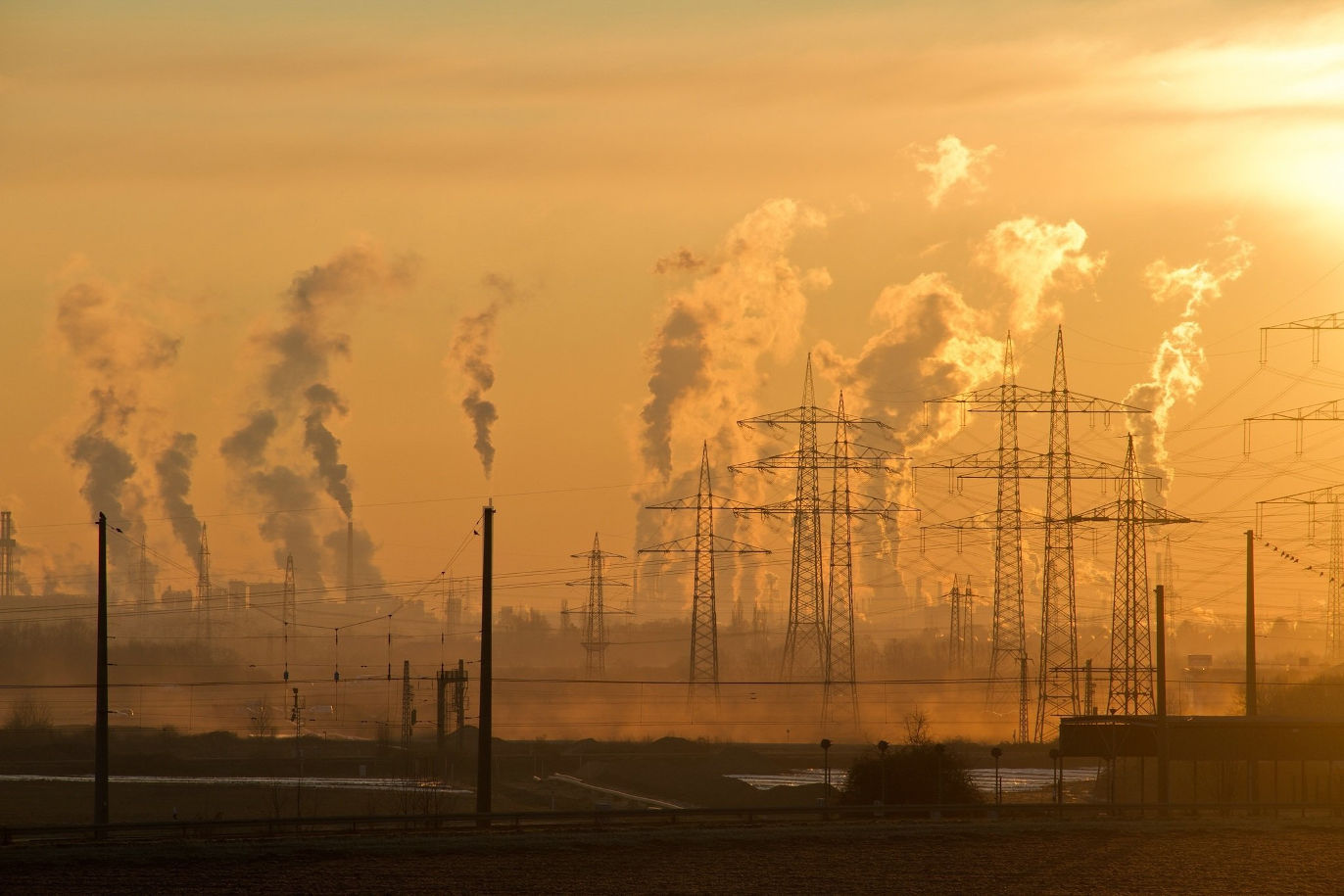
Increasing water scarcity and pollution with micropollutants are responsible for the increasing cost of drinking water. Desalination of sea water and better wastewater treatment are necessary to counter this trend. Membranes can desalinate and remove most wastewater pollution. However, a lot of energy is required. Therefore, modern membranes must be more efficient in order to achieve satisfactory results.
Nano-filtration membranes consisting of poly-electrolytic layers are a promising approach to treat water more efficiently. Accordingly, the composition of poly-electrolytic layers has stirred up much interest in the production of nano-filtration membranes. Such membranes are manufactured layer by layer, which enables a good tuning of membrane properties for different purposes.
Commercially available nano-filtration membranes are usually a trade-off between high water permeability and good salt retention (desalination). This trade-off impacts either the quality or the volume of the cleaned water. Nano-filtration membranes that are produced in layer by layer can have a positive impact on this trade-off balance due to the formation of nano scaled layers. It is important to know which component plays a crucial role in the layer forming process.
A research group of the Technical University Eindhoven in the Netherlands had therefore undertaken the task of examining these layer components more closely. They specifically investigated the poly-electrolyte concentration. It is known that a higher poly-electrolyte concentration produces thicker layers. However, their impact on the membrane performance has so far been unknown. They now published their work, in which the researchers used two well-known strong poly-electrolytes: PDADMAC and PSS (polydiallyldimethylammonium chloride and poly(sodium-4-styrene sulfonate)). The membrane output was examined with regard to water permeability, the molecular weight cutoff and salt retention.
In the first double layer, the membranes made with a 50 mM saline solution showed a lower water permeability and molecular weight cutoff, as well as better salt retention (magnesium sulfate) due to the higher poly-electrolyt concentration. After a certain number of double layers, the molecular weight cutoff and the salt retention efficiency for all poly-electrolyte concentration leveled off. The higher the poly-electrolyte concentration, the sooner the plateau value was reached.
The membranes prepared with a 1 M salt concentration had a lower or comparable salt retention efficiency with one exception. The scientists concluded that the poly-electrolyte concentration significantly changed the membrane properties. A plateau was reached with seven or more double layers. The thicker layers showed a lower water permeability than those that were coated with poly-electrolyte solutions using a 50 mM salt concentration. Due to the reduced swelling of these membranes, they all had better salt retention efficiency, with the exception of magnesium chloride.
The results showed that increasing the poly-electrolyte concentration also increased the amount of poly-electrolyte adsorption. Due to a higher coating thickness, this led to lower permeability with pure water. However, this did not lead to a lower molecular weight cutoff or salt retention. The additional poly-electrolyte adsorption resulted in fewer links between the individual layers. The higher diffusivity of PDADMAC compared to PSS resulted in highly positively charged membranes, which in turn led to a better salt retention of magnesium and sodium chloride.
Overall, increased poly-electrolyte concentration and the salt concentration influenced the membrane charge exclusion significantly due to a higher charged surface, which led to better salt retention. However, the membrane size exclusion has not changed, which led to the same plateau values. The study presented here will allow chemists to produce better tuned desalination membranes, which will reduce the energy requirement and raw material requirements during production.
Image: Shutterstock





